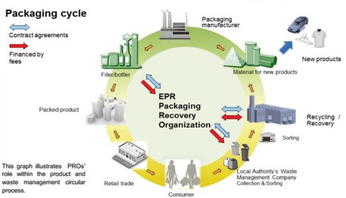Automatic Permeability Testing: The Challenges and Solutions
Presented by Alyce Hartvigsen
In recent years, numerous product developments and major changes in the distribution systems within key industries such as food and pharmaceutical products have in part been made possible by the development of enhanced packaging materials. The proliferation of new “ready-to-eat” foods on supermarket shelves and over-the-counter medications is largely due to the convenient pouches and blister packs in which these products are supplied. As many of these products are very sensitive to chemical interactions with primarily moisture and oxygen, the barrier qualities of the packaging materials are of primary importance for assuring a sufficient shelf life of the products. One of the key indicators of the barrier properties of a packaging material is its permeability to gases and vapours. Consequently, permeability measurement is critical to the development and production of high-barrier materials, such as metallized films. However, the mechanism of permeation through polymeric materials and the quantification of this parameter can be complex and challenging. In the following paragraphs, the theory of permeation is presented, along with typical permeability measurement techniques. Finally, we present advantages of some of the employed measurement techniques and sensor technologies for automatic permeability testing of films and foils.
This post is for paying members only
SubscribeAlready have an account? Log in

